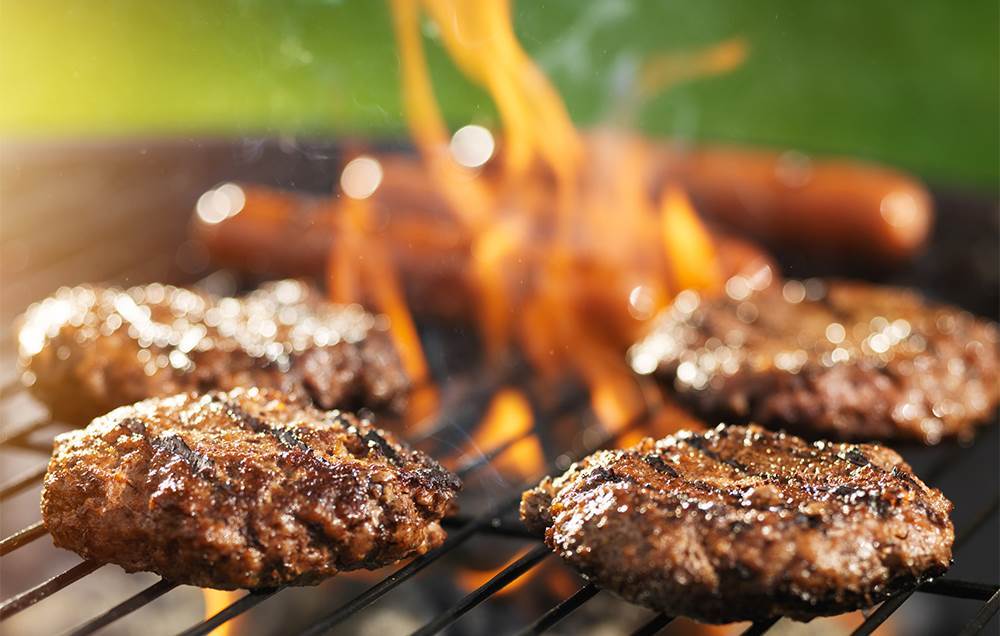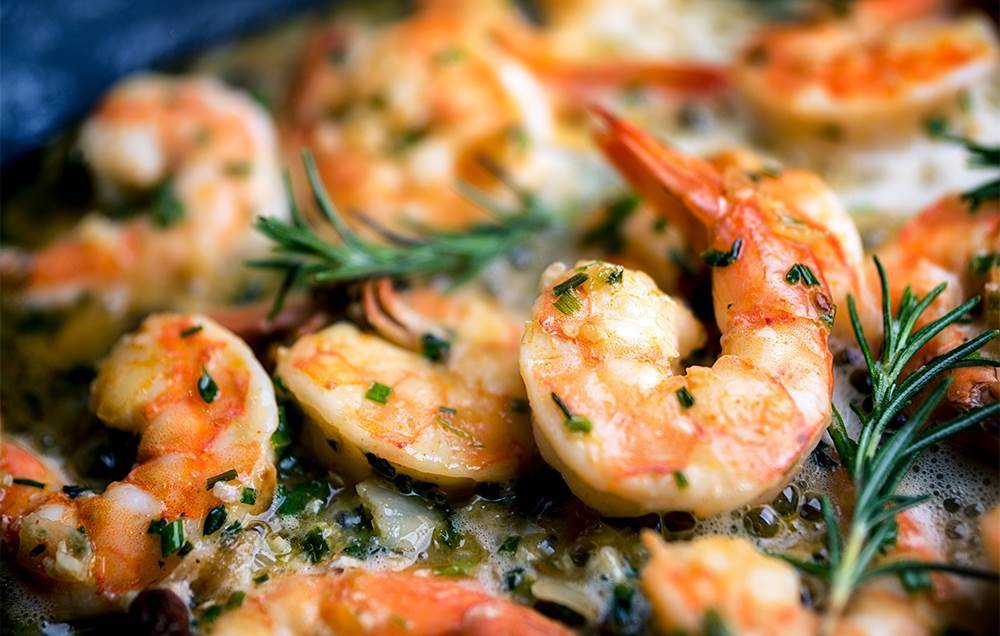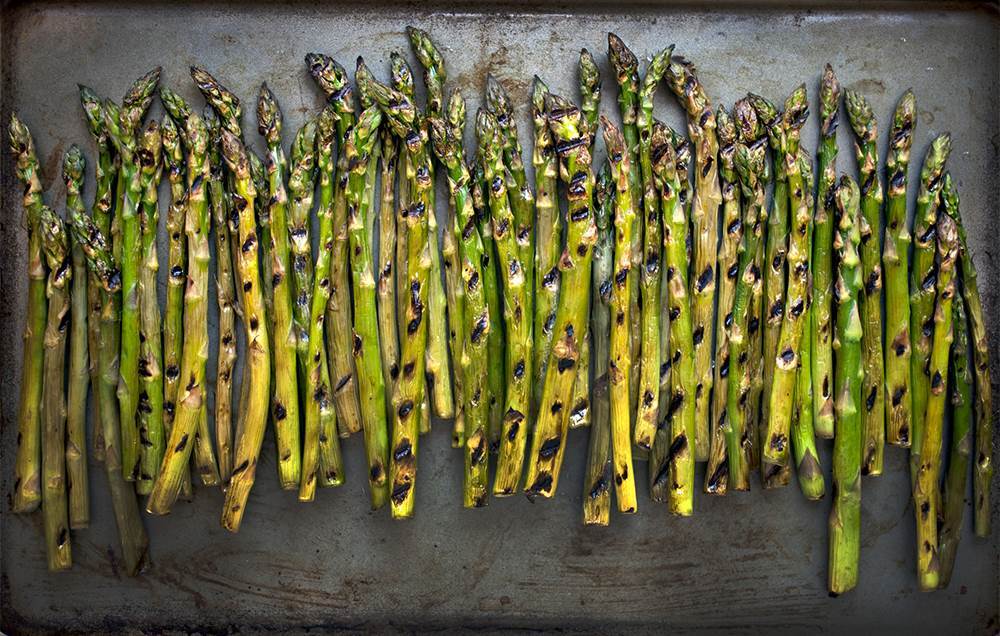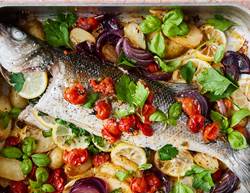A diverse grab-bag of foods can trigger gout flare-ups.
If you’re one of the nearly 200,000 Australians who experience symptoms of gout, you’re familiar with another four-letter word: pain.
“The classic presentation of gout is severe pain—usually in a single joint, and most commonly in the big toe,” says Dr Bernadette Siaton. (It’s not clear why the big toe is gout’s favourite target; it may have to do in part with the type of cartilage in the toe, research shows.)
Gout pain tends to come on very quickly, though it’s slow to depart. “You’re great one night, but the next day the pain is so severe you can barely walk or put on shoes,” Siaton says. “In some cases, it can last for days or even weeks.”
Gout is a form of arthritis, and it stems from the build-up of uric acid in the body, according to the National Institutes of Health. That build-up can lead to the formation of small uric acid “crystals” in your joints, which are the source of your pain.
Where does the uric acid come from? “Purines,” Siaton says. And what exactly are purines? “These are chemical compounds found in DNA,” she explains.
Your body breaks down these purines during normal cell metabolism, and also after you’ve eaten purine-rich foods, she says. If your body is unable to handle all the uric acid that results from the breakdown of purines, that's when gout can emerge.
Dr. Siaton says middle-aged men and post-menopausal women are most likely to develop gout, although it can strike at any age.
So which foods spell trouble for gout sufferers? Here are six to avoid.






Red meat
All animal sources of protein tend to contain high quantities of purines, which can lead to gout flare-ups, says rheumatologist Dr Elizabeth Volkmann. A study in the New England Journal of Medicine (NEJM) found people who ate red meat twice a week or more were 50% more likely to be diagnosed with gout than those who ate red meat less than once a month. Red meat also contains saturated fat, which has been linked to gout, shows a study from the journal Arthritis Research & Therapy. Organ meats are particularly saturated with purines. “Stuff like liver, kidney, tongue, and sweetbreads,” Volkmann says.
Seafood
Like animal meats, many types of seafood contain abundant quantities of purines, and so should be avoided or consumed in small quantities if you’re concerned about gout. “Shellfish like shrimp and lobster are rich in purines,” Volkmann says. Tuna, scallops, and “dark meat” fish like salmon are other types to be wary of, according to the same NEJM study. Eating them once a week or more is associated with an increased risk for gout, that study found.
Beer
Alcohol tends to contain purines. “But beer has more than other types,” Siaton says. In some cases, beer can pack 10 times more purines than a like amount of liquor, research shows. The good news: Wine, unlike liquor and beer, is not associated with an uptick in uric acid levels and can be safe for gout patients, research has shown.
Soda and fruit juice
Fructose—the type of sugar found in fruit—is associated with a spike in the body’s uric acid levels, and also with an increased risk for gout, shows research on both men and women. While eating whole fruit doesn’t seem to put you at risk for gout or gout-related flares, soda, fruit juice and any other drinks containing high-fructose corn syrup are no-nos, Siaton says.
Processed and packaged foods
From ketchup and salad dressing to cookies and crackers, many packaged foods contain high fructose corn syrup. All of these should be consumed with caution, Volkmann says. Refined carbohydrates, including those found in conventional pasta and many breads, can also increase your body’s uric acid load, and in turn, may promote gout pain, research from the Boston University School of Medicine shows.
Asparagus
While most vegetables are safe (and healthy!) for gout patients to consume, asparagus is one to be mindful of. “We don’t tell patients to avoid it, but we do recommend eating it in moderation,” Volkmann says. (Once a week, great. Every day, not so much.) The same is true of mushrooms and spinach, which contain high amounts of purines—at least by vegetable standards. While some of the gout research on these veggies is mixed, if you want to play it safe, they’re probably best consumed sparingly.










